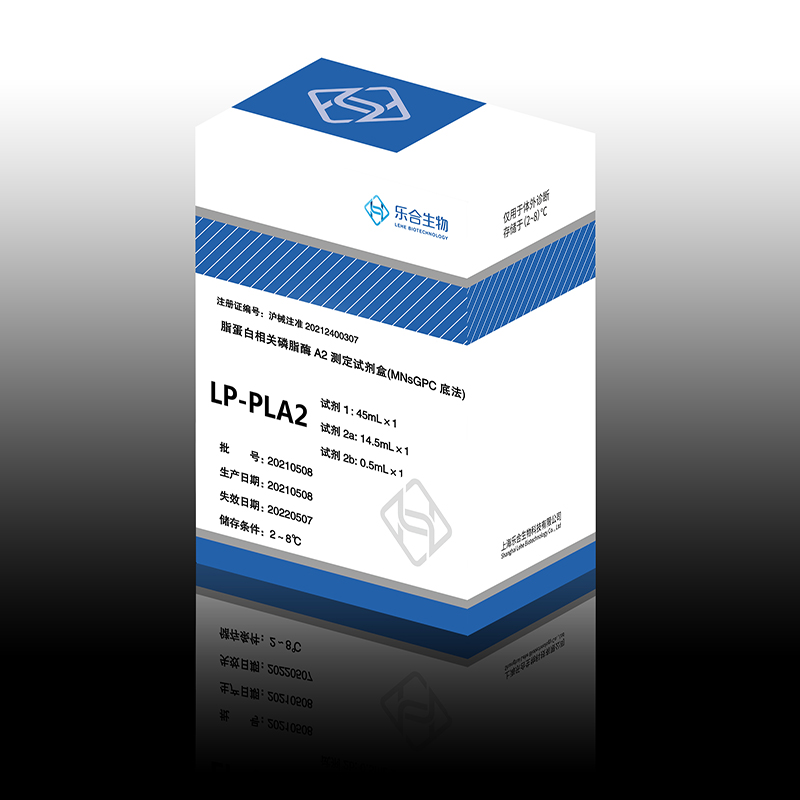|
Clinical
significance
|
The content of Lp-PLA2 in unstable plaques
is much higher than that in stable plaques. When rupture of atherosclerotic
plaque in the vascular cavity is about to or has occurred, Lp-PLA2 will be
released into the blood in large amounts, and cause its blood level to
increase significantly. Therefore, the concentration of Lp-PLA2 in the blood can
reflect the degree of inflammation of atherosclerotic plaque. By detecting
Lp-PLA2 in the blood, the degree of inflammation and stability of
atherosclerotic plaque can be effectively understood. In this way, it can
warn the occurrence of myocardial infarction and cerebral thrombosis, which
is of great significance to prevent cardiovascular and cerebrovascular
emergencies.
|

 Mobile
Mobile
 Weixin
Weixin
 沪公网安备 31011402008255号
沪公网安备 31011402008255号